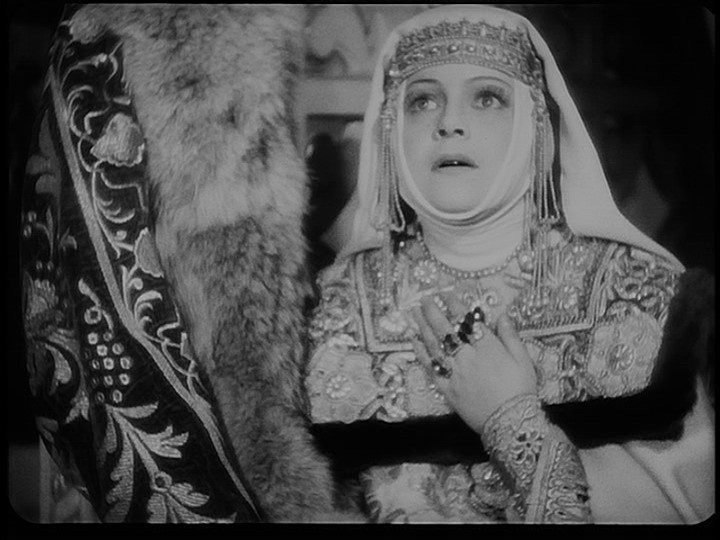New Rome: Numerous Names
If that has happened before or you just wonder why, read on to find out!
Byzantium
The City's name during the Classical Age. Founded in 667 BC by Greek colonists from Megara, the site was named Byzantion (Βυζάντιον), after their leader, Byzas (Βύζας). The name 'Byzantium' is a Latinised form of the original Greek. This name is commonly used to refer to the Eastern Roman Empire, the 'Byzantine Empire', whose capital was none other than the City. The usage, however, was introduced by German historian Hieronymus Wolf in 1555 - more than a century after the Empire ceased to exist. The name 'Byzantium' would have been used rarely during the days of the Empire.
 New Rome
New RomeBy the time of the Constantine the Great (272-337), the city of Rome had become unsuitable for the capital of an empire. It had become the scene of plot and counter-plot, treason and conspiracy, and was plagued regularly by flooding and malaria. Passing over Nicomedia, Naissus, Sardica, Thessalonica and even Troy herself, he chose the city of Byzantium, then a small trading town, to build his new capital. Conferring the name of Second Rome (Secunda Roma, Δευτέρα Ρώμη), he undertook a major reconstruction of the city, essentially rebuilding it. Since the 5th century, the usage shifted to New Rome (Nova Roma, Νέα Ρώμη). Neither name came into wide use. The term 'New Rome', however, lent itself to East-West polemics, and was often used by Eastern writers to stress the rivalry with Old Rome. New Rome is still used in the official title of the Ecumenical Patriarch.
 Constantinople
ConstantinopleLiterally "City of Constantine", it was the name by which the City became popularly known. One has to admit, it does have a nicer ring to it than 'Nova Roma'. It was known in Greek as Kostantinoupolis (Κωνσταντινούπολις) and in Latin as Constantinopolis. Byzantine writers would sometimes vary the names of Byzantium and Constantinople - Byzantium being associated with the City's pagan roots, while Constantinople was associated with Christianity. It was the official name of the City throughout the Byzantine period and was its most common name in the West until the early 20th century.
 The City
The CityIn addition to Constantinople, the City was addressed by a range of many names during the Byzantine era. Most were honorary, such as the Queen of Cities (Βασιλίς τῶν πόλεων). The most common way of referring to it however, was simply 'the City' (Greek: hē Polis, ἡ Πόλις, Modern Greek: i Poli, η Πόλη). The usage remains popular in colloquial Greek usage as well as with Eastern Orthodox traditionalists.
 Tsargrad
TsargradThe Slavs came to refer to the City as Tsargrad (Цѣсарьградъ), 'City of the Emperor'. It is derived from the Slavonic words tsar, meaning Caesar and grad, meaning city. This is thought to have originated with the Greek title Βασιλέως Πόλις, 'the City of the Emperor'. Tsargrad was not used as a formal name of the City, but as a nickname that manifested the regal dignity of the city. Its official name remained Константинь градъ - 'Konstantin grad', the Slavonic form of Constantinople. The term is still occasionally used in Bulgarian - the biggest boulevard in the Bulgarian capital Sofia is called 'Road to Tsarigrad', but has become archaic in Russian.
Just for the fun of it, I have listed 'Tsargrad', as it appears in various Slavic languages:
Old Church Slavonic: Цѣсарьградъ
Church Slavonic: Царьградъ
Russian: Царьград
Ukrainian: Царгород
Bulgarian, Macedonian & Serbian: Цариград (rendered Tsarigrad/Carigrad in the Latin alphabet)
Romanian: Ţarigrad
note: Romanian is not a Slavic language, but it has been heavily influenced by the Slavs
 Miklagarðr
MiklagarðrThe name by which the City was called by the Vikings. Translated literally as 'Big City', from mikill, meaning big and garðr, meaning city. The name continues today in the modern Icelandic name - Mikligarður
 Kostaniniyye
KostaniniyyeThe name by which the City was known in the Islamic world, and its formal name in Ottoman Turkey, used in its coinage and court documents. It is an Arabic form of Constantinople, with an Arabic ending instead of the Greek. Kostantiniyye (قسطنطينيه) remained in official usage until the Ottoman Empire dissolved in 1923.
 Istanbul
IstanbulThe Turkish name by which the City was informally addressed in Ottoman times. The name is derived from the Greek phrase εἰς τὴν Πόλιν, meaning "in the city", having been based on the common way of referring to Constantinople simply as the City. With the creation of the modern Turkish state in 1923, the dictatorship officially requested foreigners to cease referring to the City with traditional (i.e. non-Turkish) names and to adopt Istanbul as its sole name, even in foreign languages. Greek maps, however, still show the City as 'Constantinople'.
I am often asked, why do Greeks, Orthodox and Eastern Christians refuse to use its modern name and instead continue to refer to the City as 'Constantinople'? The answer is simply because that is the City's proper name in English. You wouldn't use Llundain or ロンドン when referring to the capital of England in everyday speech, now would you?




0 Comments:
Post a Comment
<< Home